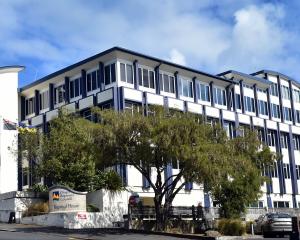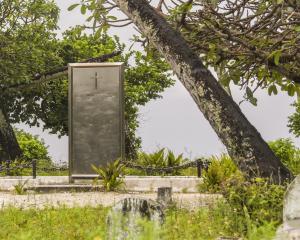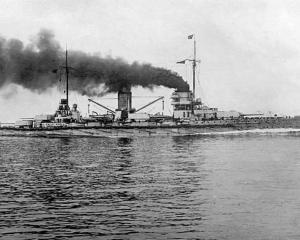Mark Stirling discusses the risk of a major earthquake hitting Dunedin.

- Feature: On shaky ground
The context of these thoughts is a career in geologic hazard analysis, with a focus on the seismically "quieter" areas since moving to Dunedin five years ago.
Attempting to understand the "quieter" areas before the quiescence breaks is prudent, given how devastating a Canterbury-like earthquake scenario would be for a city like Dunedin.
The city has an old built environment that has developed in absence of major earthquakes.
The concept that Dunedin will one day experience a Canterbury-like earthquake scenario is something that surprises a lot of people.
People usually think that Dunedin has no earthquake hazard, or if they do they think it’s all about the Alpine Fault.
The relatively distant Alpine Fault is frequently the focus of media attention, and a lot of my work in trying to educate people on local faults and hazards becomes an uphill battle in the face of this contrary media attention.
The Dunedin area is close to a number of geologically active faults that could each produce shaking 10 times stronger than an Alpine Fault earthquake would produce once its seismic waves had travelled the 250km-plus distance to Dunedin.

I would much rather experience an Alpine Fault earthquake in Dunedin than one of these sleeping giants letting loose.
A related concern I have is the implied precision of earthquake hazard "numbers" reported by the media.
I have, for example, seen magnitudes as precise as magnitude 8.1 reported for the next Alpine Fault earthquake, yet no instruments were around in 1717 to record the last big earthquake on the fault.
I’ve also seen probabilities of the next Alpine Fault earthquake reported as precisely as 75% in the next 47 years.
While the underlying work is being carried out by highly respected scientists, and is definitely moving us in the right direction, I do get weary when I see these implied precisions in the media.
All such numbers should be treated with substantial uncertainty, e.g. within say a factor of two for the percentage and years mentioned above.
A useful reality check is to think about weather forecasting. Do the weather folk forecast the arrival time and duration of cold fronts down to comparable precisions of minutes and seconds? No way.
Last but not least is an observation that shows a lack of appreciation of local earthquake hazard information.
One section of the Akatore Fault crosses a new housing development area, unfortunately with no fault avoidance zone in place to prevent exposure to poor foundation conditions, potential ground rupture and liquefaction.
Fault avoidance zones are typically tens of metres or more in width to encompass the full zone of adversity, and have long been in place for faults in Wellington and elsewhere, in addition to many places worldwide.
The Akatore Fault has been known about for a long time, yet the subdivisions and sales have been allowed to proceed as if the fault did not exist.
I can only hope that the relevant local authority does better in future.
• Prof Mark Stirling is the chair of Earthquake Science at the University of Otago.
Comments
When comparing Christchurch earthquake to Dunedin earthquake, one thing to remember is that the geological foundation is different. One is more solid rock and the other is compacted sand. South Dunedin is more like Christchurch.
It is, as a former wetland.
Ch is alluvial delta.
Apparently, an Akatore quake would affect the City.











